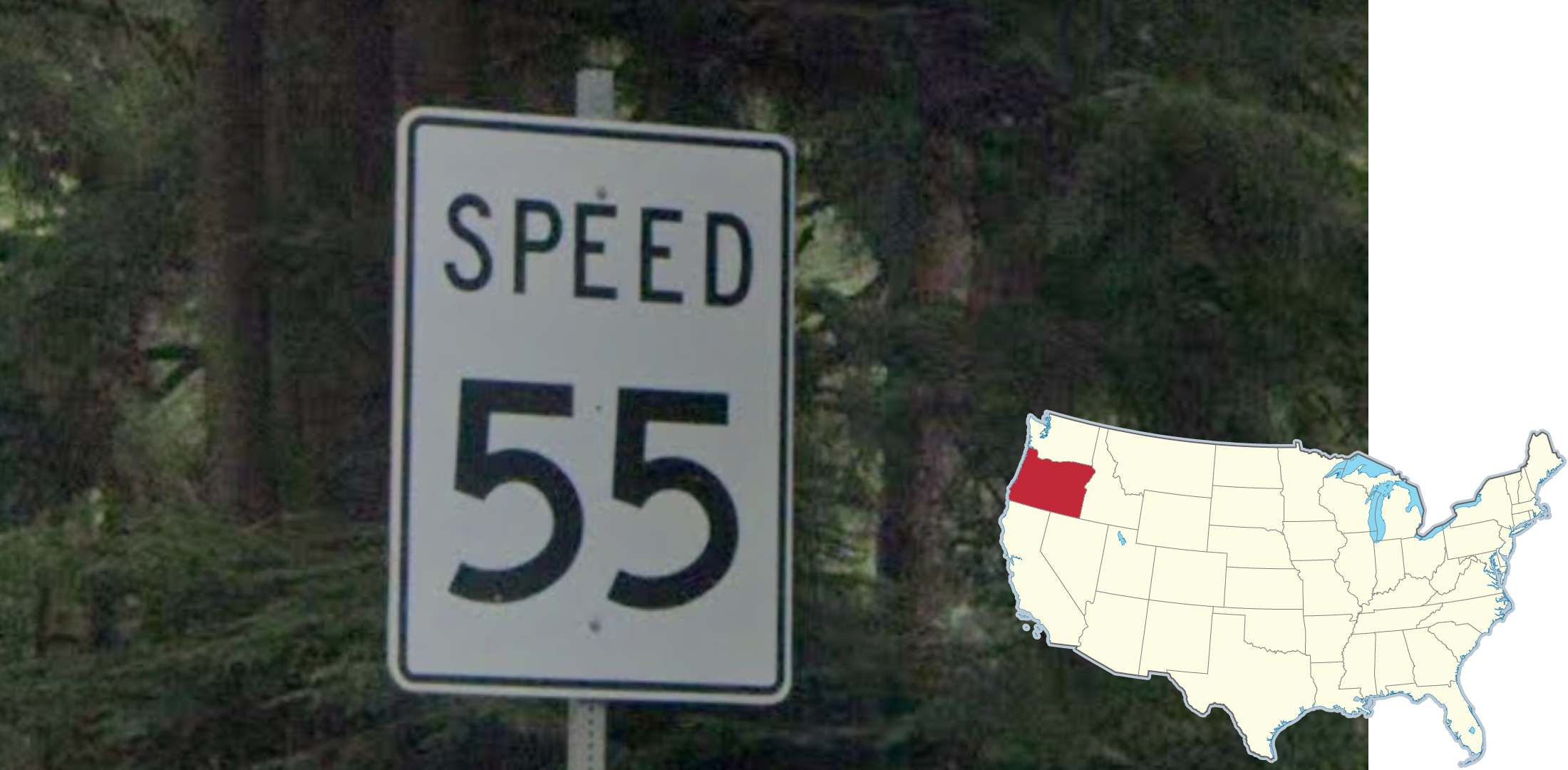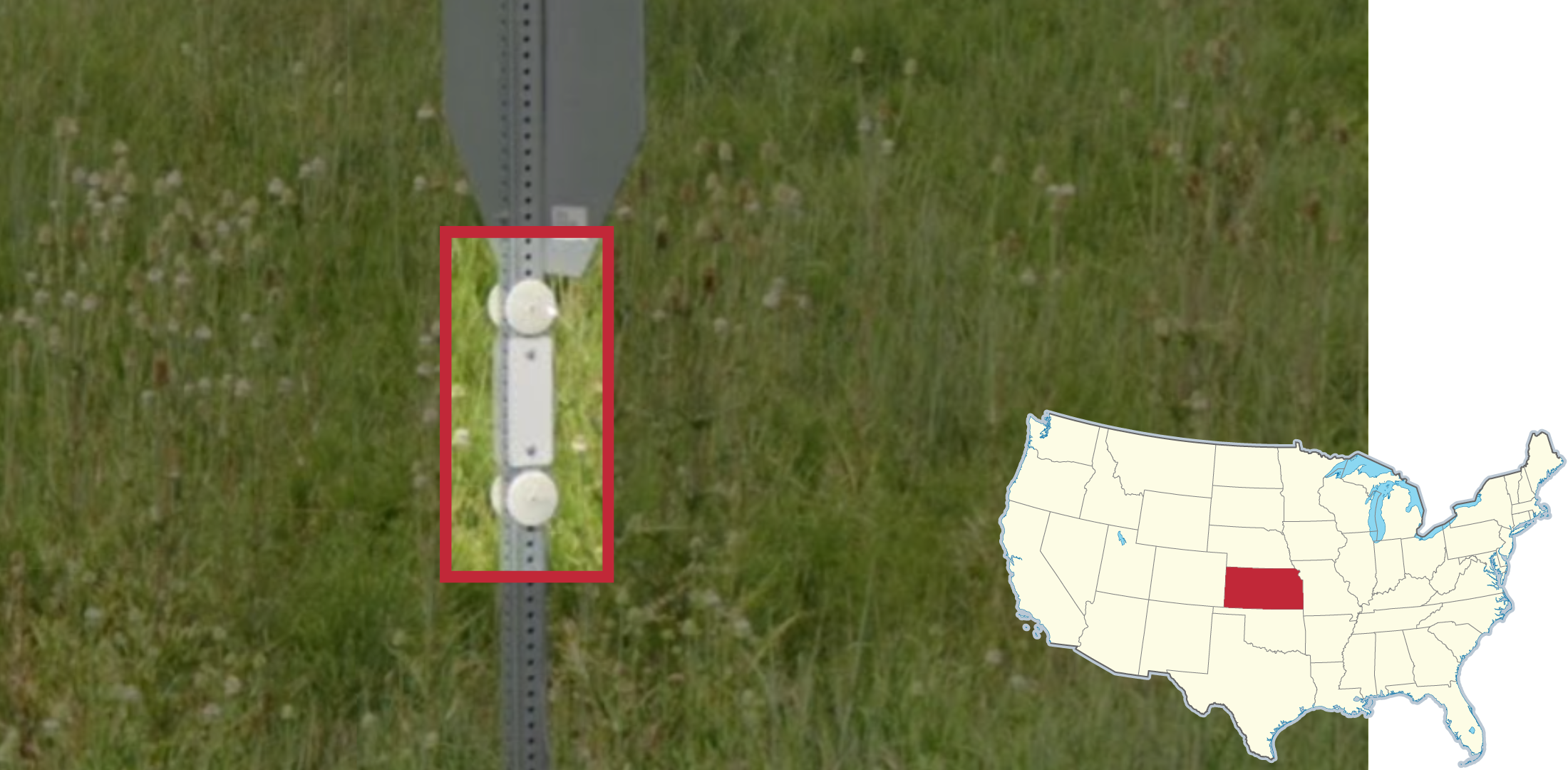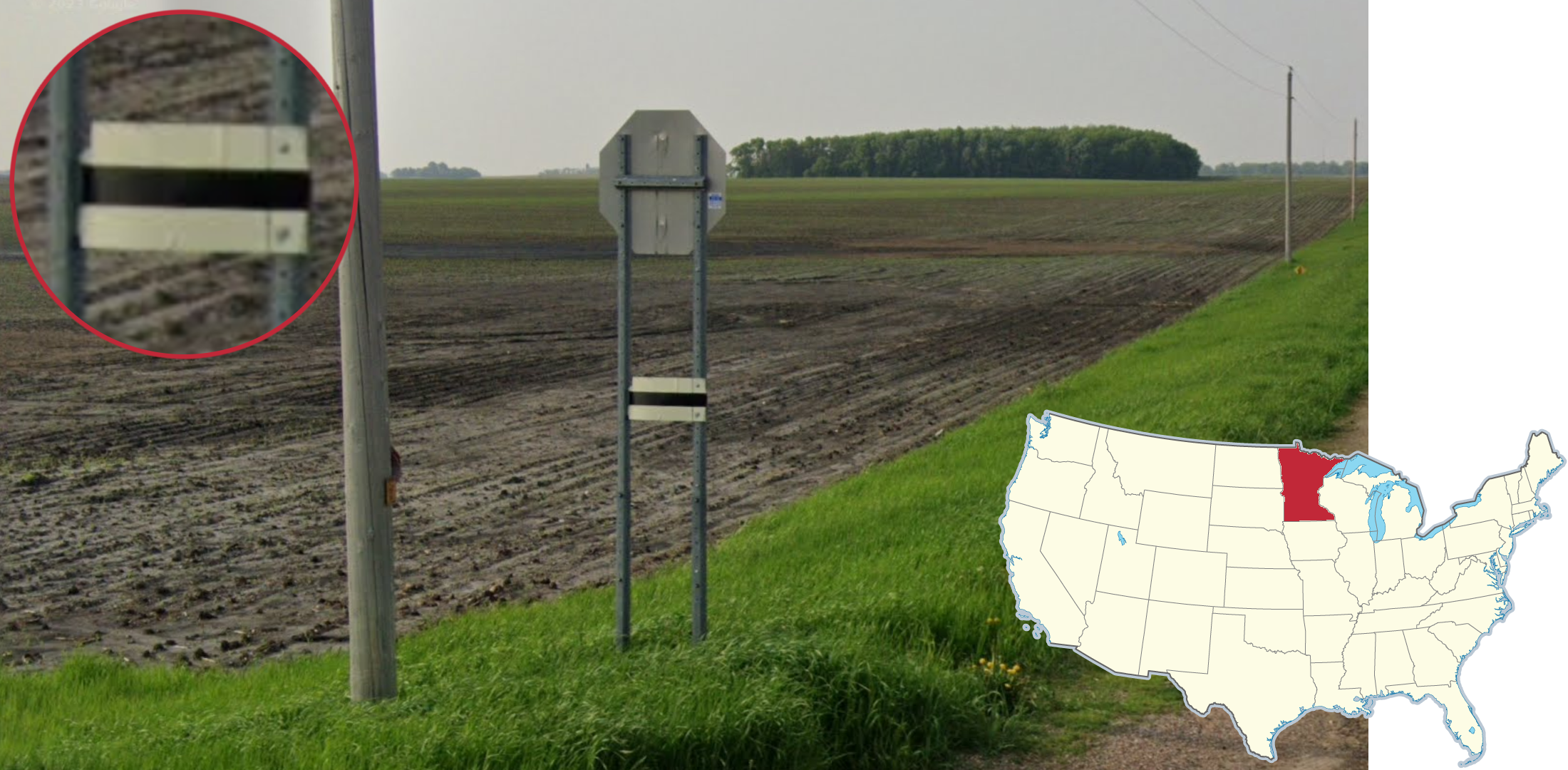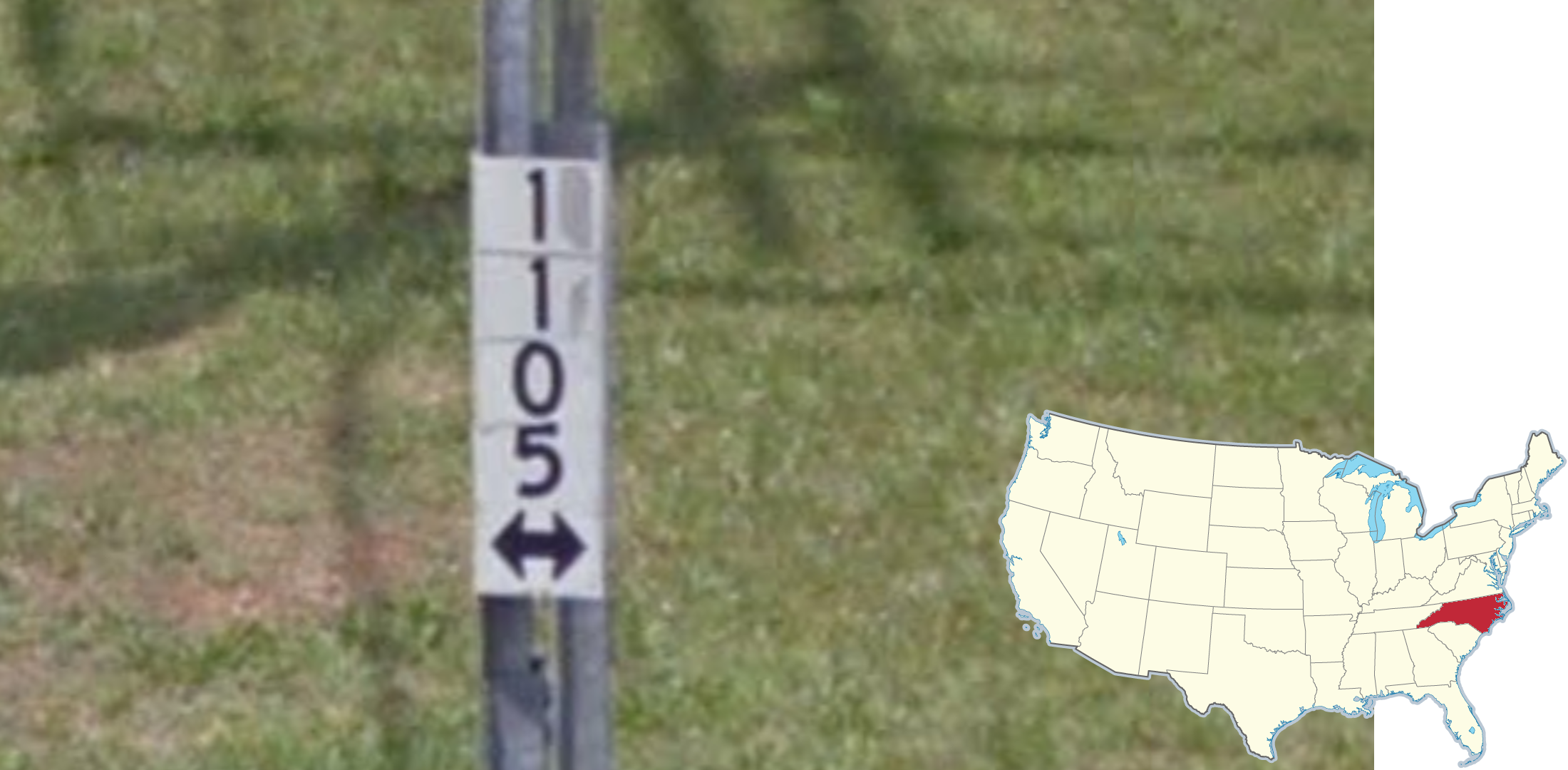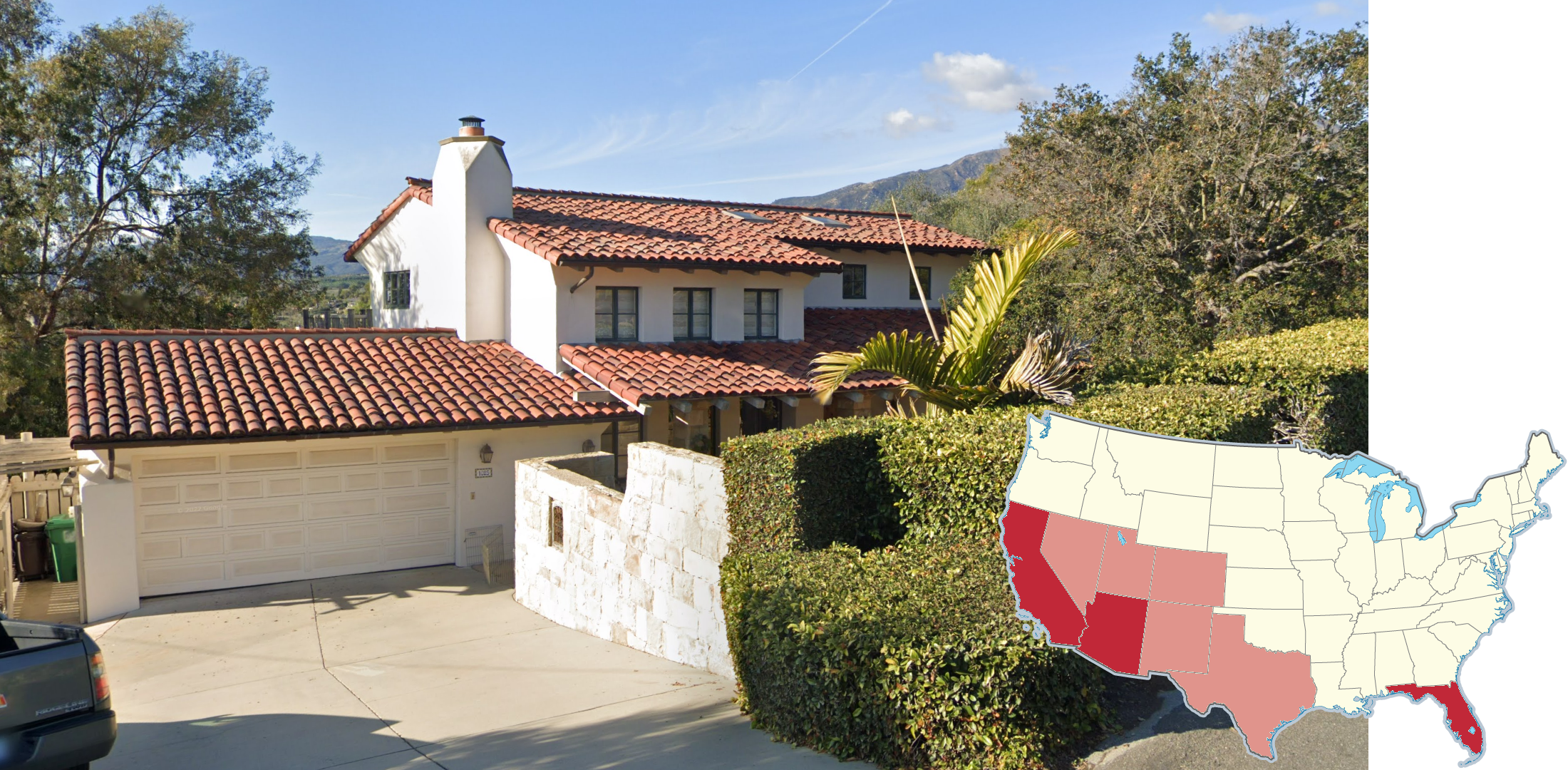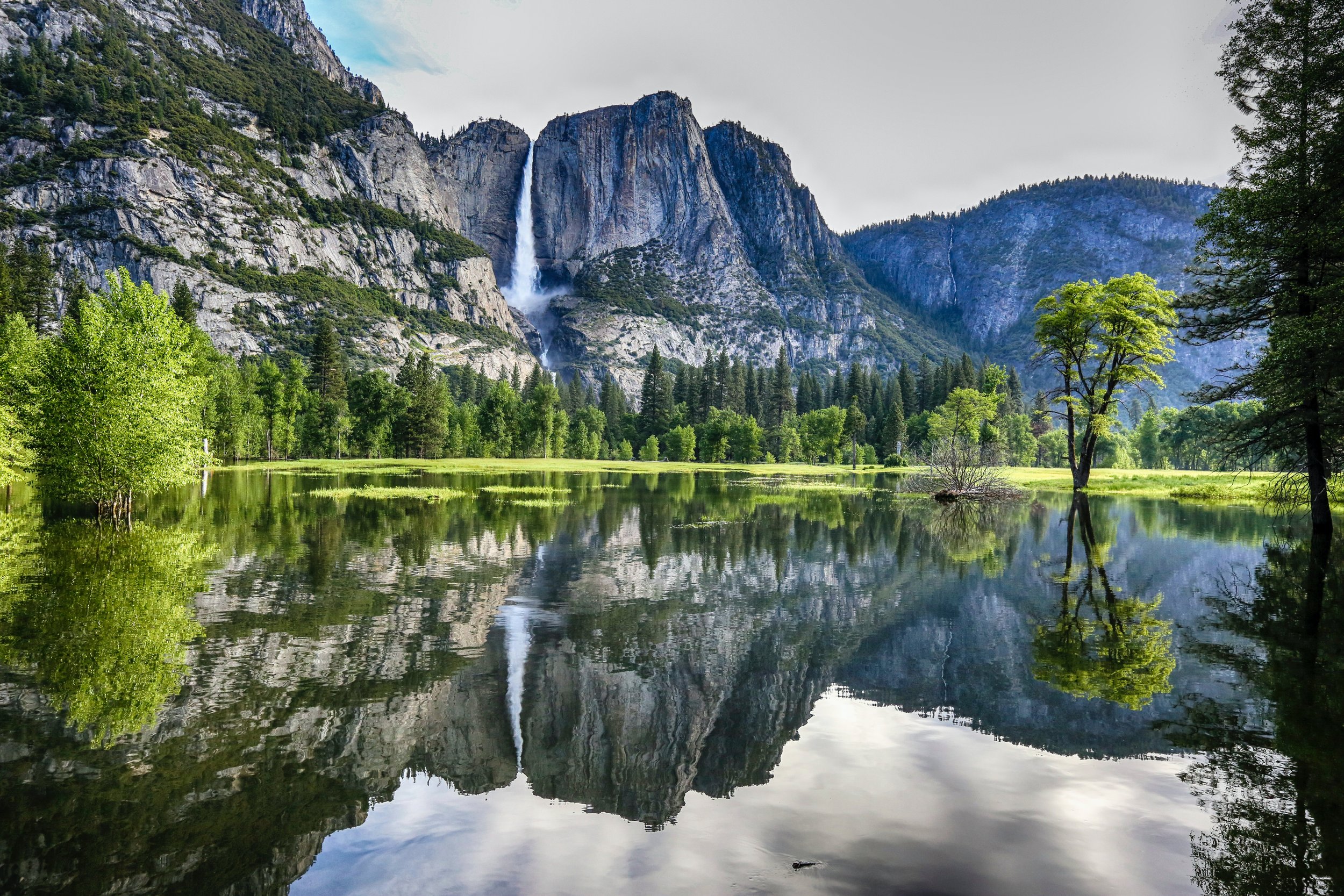
United States of America
Maximum speed limits vary by state and territory. The maximum speed limits shown here will generally be seen on interstate highways. Some interstates and highways in their respective states or territories will have lower maximum speed limits than what is shown.
You can click on the image to enlarge it. Here is a map of the maximum speed limits on US territories
Most states have unique, distinct and learnable Adopt-a-Highway signs, which can be seen on the side of roads. A map of those can be seen here. Keep in mind, some states have slight variations in design.
You can click on the image to enlarge it.
Blue and yellow shields are used for county roads, and can be seen in certain states in the US. Keep in mind, unique designs can be found in some counties in certain states. For more information, see here.
Guardrails, signs, and signposts are commonly painted a medium brown colour in US National Parks, which are often located in the west. Guardrails that are painted brown can be made out of both wood and metal. Rock walls can also sometimes be seen in place of guardrails.
Here you can find a map showing where all US National Parks are located.
NOTE: There are occasional exceptions to this rule, so consider other clues before guessing in a National Park.
Concrete paving on main highways is much more common in Iowa than in other states.
NOTE: Concrete paving on residential streets is commonly seen throughout the Midwest states and parts of the East Coast.
Yellow lines with a noticeably larger gap in between them are most common in Texas, Arkansas, Louisiana, Mississippi, and Oregon. They can also be found to a lesser extent in Washington, Alabama, and Michigan.
NOTE: Wide middle lines can also rarely appear in other states, so consider other clues before guessing.
Some roads in West Virginia, Virginia, and Maryland use middle yellow lines that are thicker than traditional yellow road lines.
NOTE: These are not present on all roads in these states, and can be found elsewhere, so use this tip in conjunction with other clues.
Texan roads often have a grainy, ‘salt and pepper’-like road surface.
NOTE: Similar pavement can sometimes be seen in adjacent states such as New Mexico, Oklahoma, and Colorado.
Some rural roads in the Upper Midwest use a similar road pavement to Texas. They will have a grainy, ‘salt and pepper’-like road surface, but will vary in colour. These roads are most common in the state of Illinois.
A horizontal blue, red, or green sign can commonly be seen at the ends of driveways in Wisconsin and the Michigan peninsula. The house number is present, in addition to either the town name and or the road name (usually.)
NOTE: Nearby states often use similar markers, but typically lack any town or street name information and only feature numbers.
Properties in rural and exurban Ohio, Lower Michigan, and Indiana commonly feature a vertically-oriented metal sign with white numbers, indicating the house number of the adjacent building. These signs are most commonly blue or green, and are commonly attached to mailboxes.
NOTE: These may be rarely found in other states.
Vermont features small rectangular green signs on stop sign posts with three rows of horizontal numbers. The top row of numbers correlates to the highway or road number that the road with the stop sign intersects with. For example, this image is taken from Vermont State Road 116, looking towards the intersecting road.
The State of New York uses similar style signs. However, these signs can be attached to different types of sign posts (town entry signs, highway signs, etc.)
Houses in coastal New England often feature shingle walls, which are layered wood panels overlapping each other.
A similar style of panelling can also be seen, however, having a wider range than the one shown above.
Older three story wooden houses, also called ‘stacked triplexes,’ are very common in urban areas of the Northeast. They are most prevalent in New York, Connecticut, Rhode Island, and Massachusetts.
NOTE: These types of houses are also somewhat common in cities in Atlantic Canada.
Houses and commercial buildings in the interior Western US are often made of lots of dark wooden boards and timbers. Buildings at high elevations also commonly have metal roofs, to avoid snow build-up.













